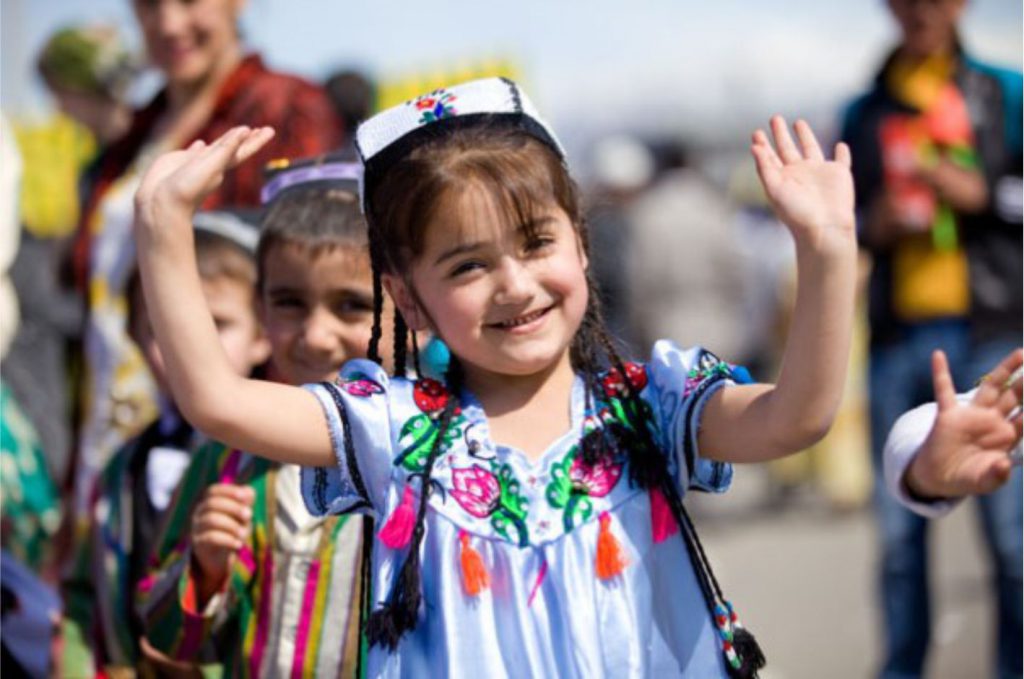
Sughd region is also a center of high culture. There are 6 state professional theaters, 5 folk theaters, 13 parks of culture and recreation, 7 museums, 33 schools of music and arts. The culture of the region is an exquisite and calm oriental world. At all times, Tajiks have maintained their pride and steadfastness, like mountain peaks, stable under all circumstances, are followers of creativity and creation, science and education, maintain independence, coexistence, friendly and optimistic relations with their neighbors. The period of cultural progress, the development of science and literature, and the strengthening of the state base falls during the reign of the Samanid dynasty, and especially during the reign of one of the outstanding figures of this dynasty, Ismoil Samanid. Favorable conditions for the development of science and culture in Tajikistan became the basis on which the talent of a huge number of scientists, poets, and statesmen developed. The best children of the nation gathered in the Samanid Palace, which is associated with the golden period of development of Tajik civilization. Today, the name of the founder of Persian literature, Tajik Rudaki, thinker and scientist Abuali ibn Sina, poet Firdavsi and his famous story “Shahnoma” are a source of pride not only for Tajiks, but also for all mankind.
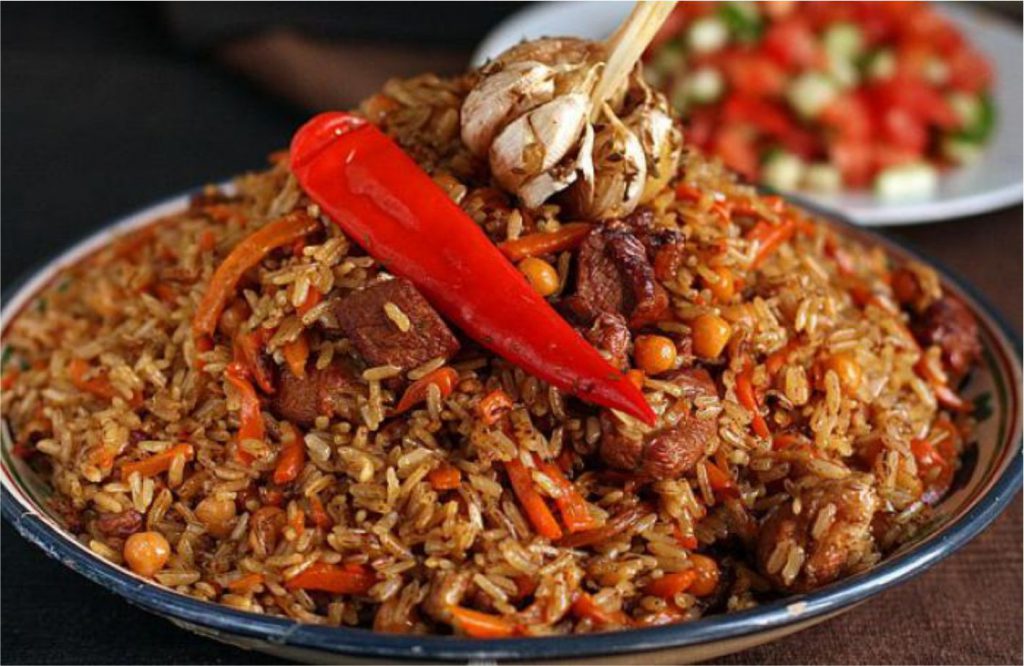
Having gathered for lunch, Tajiks prefer cooking national dishes. Even in the house of the poorest host, the guest is greeted with lush and generous recipes, beautifully decorated with ligands (large national dishes), decorated with a variety of dishes and cups, plates with fruits and vegetables. Hospitality is the main feature of the peoples living in such a beautiful and unique country – Tajikistan.
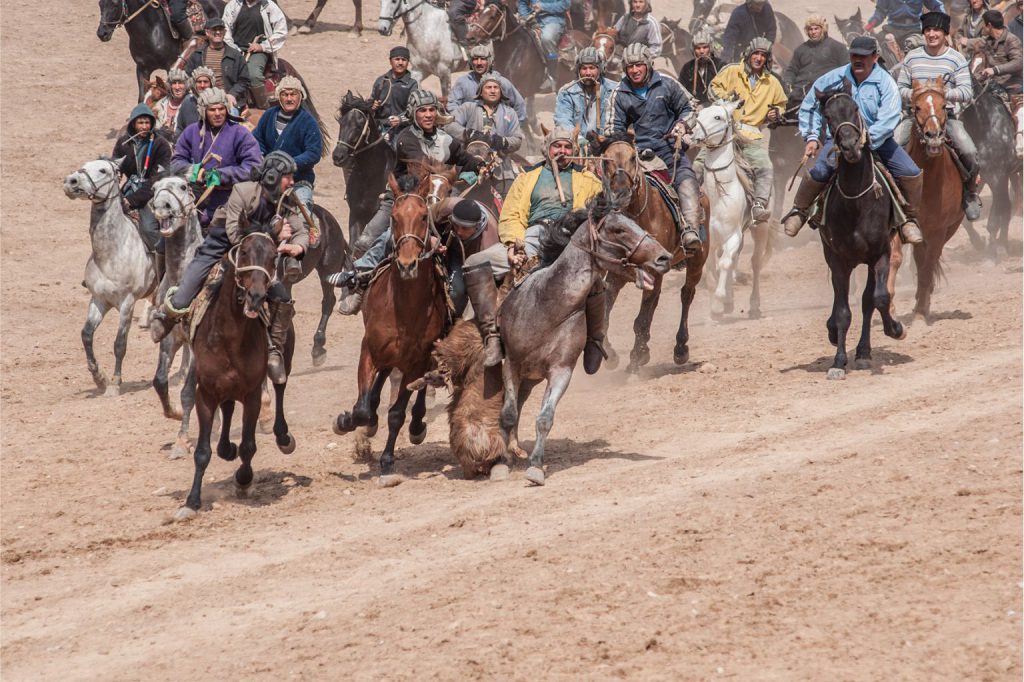
Horseback riding is one of the oldest games held in Tajikistan, Afghanistan, Uzbekistan and Turkmenistan, which has similarities to horseback riding. The difference is that the bare trunk of a goat is used instead of a ball. The goal of each rider is to get a goat trunk and own it as much as possible or bring it to the finish line. Scapegoat is a game that was already known during the time of Zoroastrianism.
At first, only nomadic Iranian tribes took part in this game, and gradually it became popular among the settled peoples of the Iranian tribes. In the beginning, fighting for the corpses of goats was not only a game, but also a form of training and a test for future warriors. Young people practiced and improved their combat skills while riding, driving them in extreme conditions of real battles. There is evidence that hundreds or even thousands of racers participated in the games, and the race lasted all day. In the past, participants in goat competitions were allowed to use physical force, beat their opponents with a whip, a leather whip, but today in official competitions the rules limit the possibilities of goat players, and penalties are imposed for non-compliance, ranging from penalty points to disqualification and removal from the field.
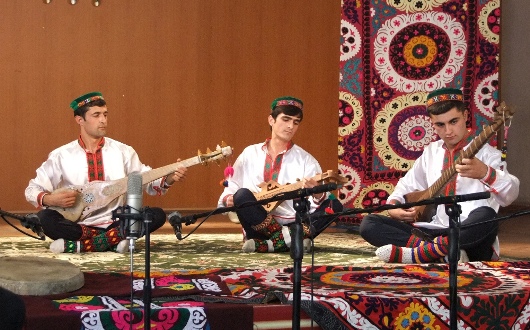
The culture of the Tajik people originates from ancient times. Today, Tajiks have preserved most of the ancient traditions, which, as before, are combined with a modern style. If you are interested in history, Tajikistan has a rich history and can provide materials dating back to the 1st century BC. Perhaps the most interesting place to see and interest tourists is ancient Penjikent. Archaeologists have found residential and religious buildings here, amazing images of saints, beautiful sculptures dating back to the 7th and 8th centuries AD. The architectural complex of this city, according to scientists, has no equal among other Asian cities. Tajiks were known as pottery artisans. In towns and valleys, men made ceramic vessels on pottery wheels. In the mountainous regions, pottery wheels were not used-women manually molded dishes.There are still some ancient types of crafts that have been passed down from generation to generation. In Dushanbe, incomparably colorful dishes, decorated cabinets and plates are still used, which are evidence of this ancient craft skill.
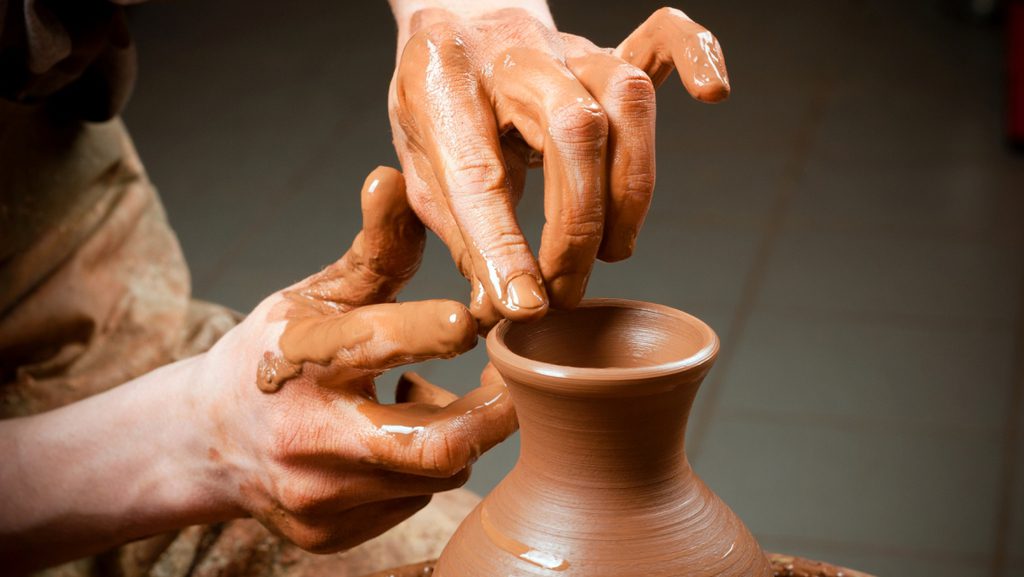
In the cities there were passages of weavers, potters, blacksmiths, woodcarvers and plaster (alabaster). In some regions, exclusive fabrics with paper and royal motifs were produced. These were mainly woven and paper carpets made on simple looms. They are still popular in modern embroidery patterns and are still popular. Today, artisans, like hundreds of years ago, embroider crochet, women’s shirts and traditional items such as headdress embroidery, decorative napkins and recipes with beautiful motifs. On the eve of the Arab conquest, Zoroastrianism, Buddhism and Hinduism were the main religious groups. However, the religion of Islam gradually narrowed the positions of other religions and confessions. Many mosques were built, including mausoleums of the XI-XII centuries, preserved to this day in good condition, Sayyed, Mazar-I-Sharif, Uro-Tepe of the 15th century, monuments of the Hissar Valley and mosques. It is said that the religion of the Tajik people characterizes their desire for peace, stability and understanding of science and literature. The Arab invaders almost completely destroyed the Tajik language. However, despite this, it was discovered that the authentic masterpieces of Tajik classics had been updated: literature, songs and scientific books.
